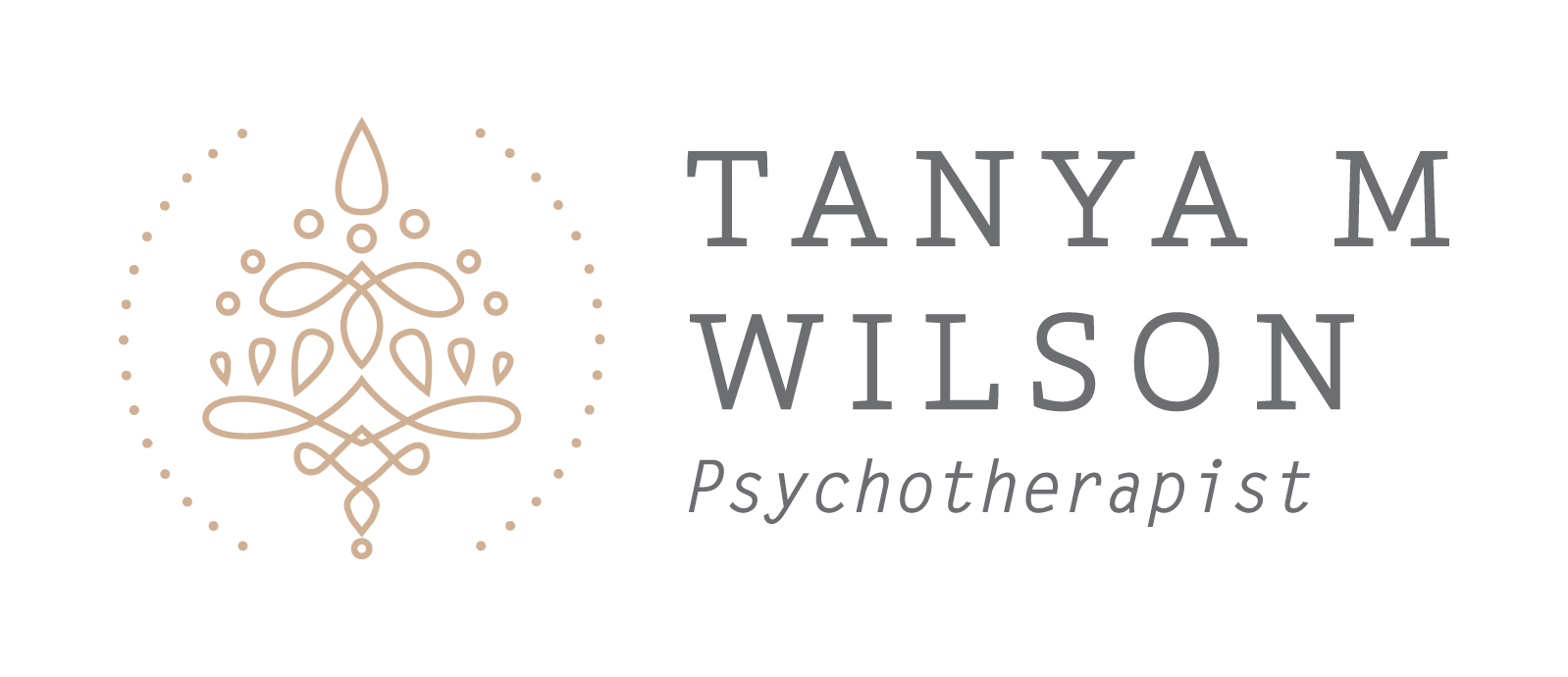We are continually bombarded with images and snapshots of the “finished product” of someone’s life. Espeically via Instagram, Facebook and online and traditional media. Whether it be a perfectly poised selfie, a precise interior design layout or a strategically constructed shot of someone’s meal. How do we know if someone is being authentic?
What we don’t get to see that much of, is the behind the scenes details that go into the images we are fed daily.
You are intelligent and acutely self aware (you wouldn’t be here reading this if you weren’t!). And I’m confident that you know the difference between the images that show up in your newsfeed and real life. However, the human brain is designed to recognise patterns as a super effective way of storing and retrieving information. This is essentially ‘…a cognitive process that matches information from a stimulus with information retrieved from memory.’
The brain only needs to see parts (of the whole) to devise a conclusion about what that whole is. This is an automatic process, over which we have no control; it is part and parcel of having a human brain. And for the most part, this pattern recognition and conclusion drawing function serves us exceptionally well. Particularly when it comes to mental recognition and problem solving.
‘Quite simply, humans are amazing pattern-recognition machines. They have the ability to recognize many different types of patterns – and then transform these “recursive probabalistic fractals” into concrete, actionable steps.’ Big Think.
However, more than ever, we are subject to a deluge of images, patterns and media that suggest what is going on in the lives of others. These “suggestions” are just that. However, the pattern recognition part of our brain naturally draws a conclusion between these suggestions and creates a conclusion. Which may not match up to reality.

So even as an intuitive, intelligent and aware soul, your brain is wired to draw conclusions. Even based on fleeting images and suggestions. Furthermore, it’s happening constantly— more than you may consciously notice.
You may have already started to notice where you automatically expect patterns. And where you are drawing conclusions about the lives of others, without getting a glimpse of the behind the scenes.
Because by default, we are primed to visually spot the patterns and draw conclusions about them. And with so much visual stimuli coming our way, it is almost impossible to not be overwhelmed with the fleeting images of others’ lives. And strive for them to make sense and to complete the puzzle.
Do any of these sound familiar?
Some conclusions your brain may have come up with because of images you have seen, may sound like this:
‘Wow! What an amazing life/social life/family she has.’
‘Eating well and keeping fit are so easy for her.’
‘OMG, she must earn such good money to be going there/doing that.’
‘I don’t know how she does all of that. I’d better lift my game as I’m starting to feel lazy.’
We naturally compare and contrast constantly, continually striving for more accurate pattern recognition, that then creates meaning. This is so we don’t have to recurrently be reconstructing everything we’ve ever seen or learnt. For example, if I see an orchestra, red velvet curtains, downlights and flip seats, I know I am in a theatre. I look at all of that data and my brain instantly knows: “theatre”. If I saw all of that minus the orchestra, add a large red circle on the floor on stage front, my brain instantly knows: “TED Talk”. See how the compare and contrast feature works? It’s super efficient and timesaving, to say the least.
However, there is no stop button to this feature and we are doing this all the time. Hence, we are coming up with conclusions about the lives of others on a reasonably subliminal level, even though we have the awareness and intelligence to understand the difference between the images on social media and real life. The natural processes of our brain mean that we are comparing, contrasting and coming up with conclusions that we intellectually know may not be “real” or “accurate”.
So now, more than ever, it’s important to be very real, honest and authentic every chance we can. Here are some gentle ways to help realign this natural balance and share authenticity.
Share with others:
- what is truly going on
- what it takes to do what you do
- your journey to an end result
- or the realities of life.
This might be via your social media channels, in conversation or when you invite people to your home and actively choose to let them see things the way they really are.
From authenticity, breeds connection and trust and will also help to readjust our patterning.
Aim for being authentic!
If you are grabbling with life or want to live a more authentic life, discover more about my counselling sessions.


